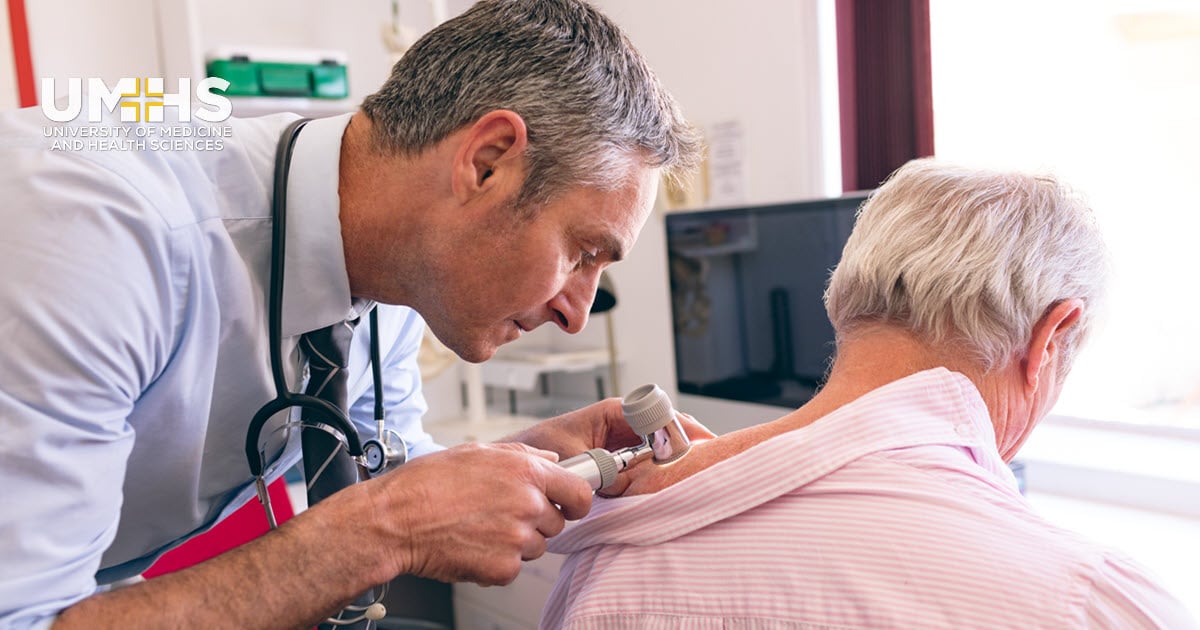Locate a trusted dermatologist near you for professional advice.
Locate a trusted dermatologist near you for professional advice.
Blog Article
Recognizing the Role of Mohs Surgery in Dealing With Skin Cancer: A Comprehensive Guide to Dermatology
As skin cancer cells continues to be a prevalent health concern globally, ingenious treatment techniques like Mohs surgery are obtaining importance in dermatology - dermatologist. This surgical strategy's accuracy and high remedy prices make it a standout in treating certain kinds of skin cancer cells, particularly basic cell and squamous cell carcinomas. The following discussion will offer a comprehensive understanding of Mohs surgical procedure, its treatment, and the role it plays in skin cancer cells treatment, inviting the readers to discover its benefits and post-operative care
What Is Skin Cancer: Kinds and Frequency

Unveiling Mohs Surgery: A Detailed Introduction
Given the disconcerting rise in skin cancer cells instances, especially melanoma, the medical neighborhood has created numerous methods to combat this condition. One such approach is Mohs surgery, named after Frederic E (skin cancer). Mohs, the physician who presented it. This surgical strategy is made to get rid of skin cancer cells layer by layer, analyzing each layer for cancer cells up until only cancer-free cells stays. Mohs surgery is specifically reliable for dealing with basal cell carcinoma and squamous cell cancer, one of the most typical types of skin cancer. It is renowned for its high remedy rates, often surpassing 98%. Furthermore, the procedure is notable for its accuracy, as it find more aims to maintain as much healthy and balanced skin as feasible. This makes it an excellent therapy choice for cancers cells in cosmetically and functionally important areas.

The Procedure of Mohs Surgical Treatment: Step-by-Step Failure
Without a doubt, recognizing the treatment of Mohs surgery can help debunk this powerful weapon in the battle against skin cancer. The procedure starts with the elimination of noticeable malignant cells. The doctor after that removes a thin layer of additional tissue and analyzes it under a microscope. This action distinguishes Mohs surgery from traditional techniques, as it permits immediate and extensive examination of the extracted cells. If cancer cells are detected, the specialist gets rid of another layer from the same area and repeats the exam. This cycle proceeds till say goodbye to cancer cells are discovered, making sure the full elimination of the illness while protecting as much healthy skin as possible. The injury is after that closed and the patient begins the healing procedure.
Advantages of Mohs Surgical Procedure Over Standard Methods
Mohs surgical procedure lowers the risk of significant scarring, more tips here an important factor to consider given the often visible area of skin cancers cells. It offers the benefit of immediate confirmation of total cancer cells elimination, decreasing client anxiousness. While even more complex, Mohs surgery is often a more efficient and patient-friendly approach to treating skin cancer cells than typical find more methods.

Post-Operative Care and Recovery in Mohs Surgical Procedure
After going through Mohs surgery, the succeeding treatment and recuperation process holds equal relevance to the procedure itself. Post-surgery, the injury might be exposed to heal naturally, sewed up directly, or covered using skin from another area of the patient's body. The option depends upon the dimension and area of the eliminated skin cancer - dermatologist. Pain, though usually moderate, can be handled with over-the-counter anesthetics. Infection prevention is vital, so wound treatment directions provided by the surgeon has to be adhered to carefully. Normal follow-up visits ensure optimal healing and catch potential indicators of cancer cells reoccurrence early. With appropriate treatment, a lot of people make a complete healing from Mohs surgical treatment within four to six weeks.
Final thought
Mohs surgical procedure is an extremely exact and effective technique for treating skin cancer cells, especially basic cell and squamous cell carcinomas. With its distinct layer-by-layer removal procedure and immediate microscopic examination, it ensures total cancer cells removal while sparing healthy skin.
Report this page